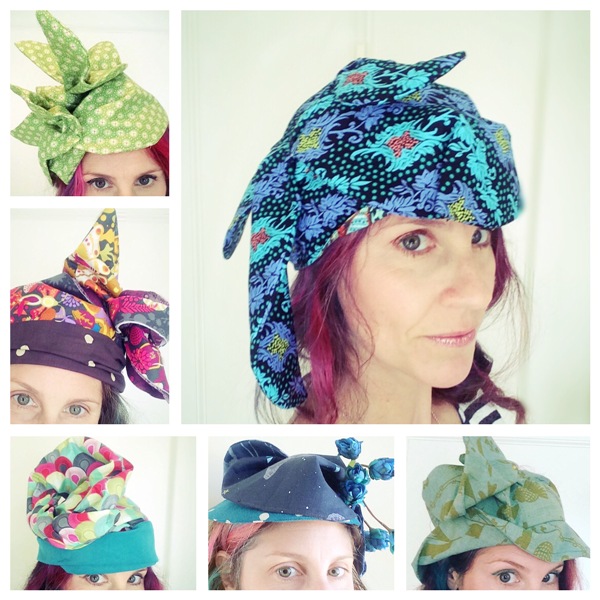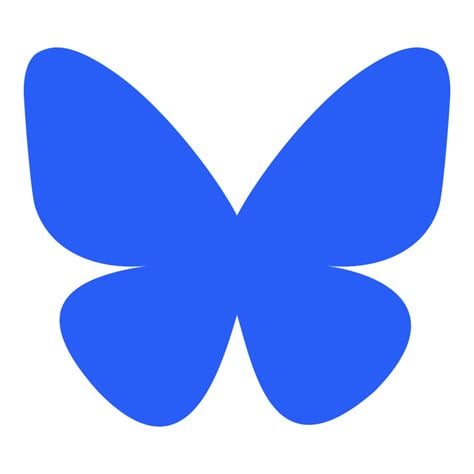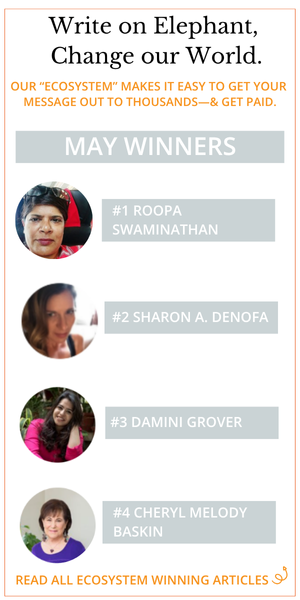
“Life is to be lived rather than fixed.”
~ From Creative Therapeutic Technique: Skills for the Art of Bringing Forth Change by Hillary and Bradford Keeney
I inherited my favorite hat from my grandmother.
The women in my family were sorting through her things after she died and decided that the brown, velveteen cloche should go to me. Inside is a label from “Helen of Memphis,” a highly revered local clothing store powered from 1931 to 1988 by the southern woman’s penchant for fine trimmings. I love being connected to my grandmother through our common penchant for fine trimmings.
I inherited something else from my grandmother too. I am a five-time olympic gold medalist in the sport of worrying, only because I have had all the best coaches. My grandmother taught me that every fun adventure (a canoe trip, for example) carries with it the possibility of an absurdly painful death (being eaten alive by a brood of sharp-toothed snakes, for example).
In fact, all of the women in my family routinely return from vacations expecting to find their homes reduced to smoldering piles of rubble because they forgot to turn off their coffee-makers. Every ring of the phone could bring devastating news. Every twitch of the body could be a rare, deadly disease. Every 2:00 a.m. waking is a dark night of the soul. I do not love being connected to my grandmother through the sickening lure of catastrophe.
Like every great weakness, however, this worry is not without its benefits. Worry parlays nicely into the art and science of over-thinking. And over-thinking offers a much-appreciated detour around the scary prospect of over-feeling. Perhaps this is why I have embraced the study of theology. Analyzing and debating the nature of the divine is safer than feeling its thrilling presence and unpredictable absence.
Perhaps this is also why I have embraced the study of psychology. Thinking about brain chemistry and personality theories in the abstract delivers me from my own raging sea of confusing feelings. There is much to be gained from thinking things to death. I know everything there is to know about Lyme’s Disease, for example, since I spent several dark nights of the soul last summer arming myself with knowledge that was sure to save my ailing children, who, as it turns out, did not even actually have Lyme’s disease. Motherhood, by the way, can take an amateur fretterer and make her into the highest ranking professional worrier in nine months flat.
I have tried not to worry, to “consider the lilies of the field,” as the Bible says. I have worked on training my mind to live in the present through meditation. I have all of Pema Chodron’s audio books. Yet, one minute I am repeating a mantra about wholeness, and the next minute I am overtaken by an emotional ache in my chest that I do not understand. So my primary strategy for the past 15 years or so has been to leverage the worrying, to embrace the benefits of over-thinking, to play the hand my grandmother dealt me in the same savvy way that she played a mean game of bridge. I thought for sure that if I gained enough knowledge about the mind-body connection, if I read enough memoirs and textbooks, if I studied the Spirit, the world, and myself enough, I would come to some understanding that would set me free. I would use my over-active head to heal my heart.
To this end, I made an appointment a few months ago with a massage therapist who specializes in helping folks become aware of physical and emotional connections. I was going to get to the bottom of the ache in my chest once and for all, and I took Elena’s credentials as a medial doctor, acupuncturist, craneo-sacral therapist, myofascial release practitioner, and adjunct medical school professor to mean that she would do a thorough job of helping me over-think and analyze my chest ache from every angle. I was looking forward to condensing 15 years of careful self-scrutiny into a five-minute narrative at the beginning of my first appointment. I love showing off how self-aware I am. But there was no chance for this. Elena wanted to understand me without all of those words. A few minutes into the massage, she said that she could feel the pain in my chest too.
At the next session there was more talking. I got to explain myself—my theories about the chest ache, the behavioral patterns I cannot seem to shake, a smattering of fancy diagnostic words I read in textbooks. She interrupted me with a question:
“What do you like to do?” she asked. “What brings you joy?”
Without much thought I answered, “I like to make things.”
“What kinds of things?” She quizzed.
“Um… I like to sew. I made a hat the other day… That was fun…” I stammered.
“Okay, perfect!” she exclaimed. “You need to stop thinking. Every time you start over-thinking and analyzing, you need to stop and go make a hat. In fact, every day, you need to wake up and say to yourself, ‘Today is going to be a good day. I will make a hat.’”
Before I left that day, she asked me to send her pictures of my upcoming hat projects, and I agreed, even though I knew that hat-making would have nothing to do with any kind of understanding that would set me free. The right answers are never that simple.
The next morning, I woke up from a dream wherein I was being chased by a wounded tiger. This kind of thing is a veritable jackpot for a worrier! There were so many archetypes to scrutinize and so early in the day! But I forced myself to be an obedient client. I decided to go make a hat. First, though, because I am a helpless over-thinker, I opened my laptop and began to study vintage hat patterns. I settled upon a simple art-deco style from the 1930s called a “Mad Cap” and headed to my sewing nook.
I followed the instructions and made a basic two-dimensional rectangular shape. Then I stood in front of the mirror, put the rectangle on my head and discovered that the final appearance of the hat would depend upon how I decided to deal with the myriad of design choices that were set before me. I could fold a corner and sew it down. I could turn up the brim, twist the fabric into a rosette, or embellish with a feather! Before I knew what was happening, my mind was blown by thoughts of starting with five times more fabric, zany curly-cue shapes, and interfacing to make the folds hold their structure. I finished the hat, took a picture of myself in it, sent it to Elena, and went about my day.
The next day, I felt the familiar ache in my chest and decided to make another hat. This time, I started with a rounded shape that had something that looked like a two-dimensional unicorn’s horn protruding from the top. As I stood in front of the mirror sculpting and pinning, it occurred to me that there were no mistakes in this discipline. Every bad decision could be corrected by the next move. When I felt stuck, I took a pair of scissors, cut a few holes in the shape, and started weaving and twisting the unicorn’s horn through the holes. This created a ridiculous bow-like effect atop my head, and I laughed out loud in giddy excitement. I took a picture of myself in the hat, sent it to Elena, and hurried off to work.
I made a hat every day for over a month. I was on the 18th hat when the humor and irony of the situation finally hit me. I was combating my madness with “Mad Caps.” I was rescuing my poor, overactive head from its seriousness by adorning it with all manor of colorful and flamboyant embellishments. Around this time, I had lunch with my friend, Sue, who is an artist. I showed her the pictures I had taken of myself in my Mad Caps, and she told me about a transitional time in her life when she woke up every morning, went for a jog, showered, dressed for work, and took a picture of herself. She said that at the time, she did not know why she was photographing herself every day but that in hindsight, she thinks it is because she knew, deep down, that she was changing. She knew she would want to look back and see evidence of what was happening to her, even though she did not understand it. This made sense to me. I knew I was changing but I did not understand how. Better yet, I had forgotten to care about understanding it all. There was such joy in the doing! Maybe sometimes the right answers really are very simple.
I still have an ache in my chest. I still make a Mad Cap every few days. I am still a worrier. But I have stopped trying to fix myself with understanding. Folks ask me what I do with all of my hats. I wear them, and I have given a few to dear friends. Other friends light up as they suggest grand plans for turning my new obsession into some sort of business. This is just the kind of analysis and planning that my overactive mind loves but I have to shut this kind of chatter down. I am afraid that my brain will take over, and the little child in my heart, who has finally come out to play and feel and create, will go back to hiding in her room.
My grandmother has given me many things. She gave me a tool meant to help me understand life (my worrying mind) and a tool meant to help me enjoy life (my love of hats). Elena is teaching me that sometimes it is the joy, not the understanding, that can set me free. There is much power to be found in the southern woman’s penchant for fine trimmings.
~
Relephant Favorite:
7 Steps to Combat Overthinking.
~
Author: Mary Allison Cates
Editor: Travis May
Photo: Author’s Own

 Share on bsky
Share on bsky



Read 0 comments and reply